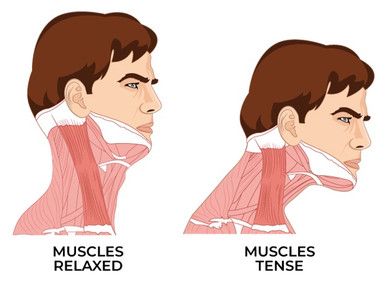How to Improve Athlete Performance PDF: Spinal Curve
How to Improve Athlete Performance PDF: Spinal Curve
Elevate your athletic performance with our cutting-edge "How to Improve Athlete Performance PDF Guide". This exclusive guide reveals the critical link between spinal curve and peak athletic ability, offering invaluable insights for athletes, coaches, and fitness enthusiasts alike.
Discover the secrets to identifying and correcting poor posture, a common culprit behind fatigue, weakness, and stiffness, and unlock the potential for superior athletic performance. Learn from the strategies used by Dr. John S. Scherger, whose expertise has helped NFL teams select and train top athletes by achieving and maintaining the Correct Neutral Spine.
Our guide covers essential topics, including:
- Distinguishing between good and bad spinal curves.
- Analyzing neck and shoulder movements to assess and improve posture.
- Understanding the impact of breathing physiology on spinal health.
- Evaluating posterior musculature and jumping dynamics for optimal posture.
Understand how a Correct Neutral Spine can drastically enhance athletic capabilities, from increasing fast-twitch muscle recruitment to improving stride length and power. With practical exercises and expert advice, this guide is your blueprint for achieving a superior athletic form.
Don't let poor posture hold you back from reaching your full athletic potential. Download our guide today and start your journey towards a stronger, more resilient, and high-performing athletic body. Visit our website now to unlock the secrets to spinal fitness and athletic excellence.
Neck Posture Compression Comparison

Neck Posture Joint Force Comparison

Ab Exercises for Bad Back PDF: The Correct Sit-Up
Core Stability Exercises PDF & Exercises to Avoid
Home Exercise Program for Low Back Pain PDF: Spinal Twist
Lower Back Strengthening Exercises PDF: Power Cushion or Sleeping Bag
Neck Strengthening Exercises PDF Guide: Neck Flexion
Now you can train to improve, restore, and maintain the ideal S-shape spinal posture instead of accentuating or creating the incorrect neutral spine.

